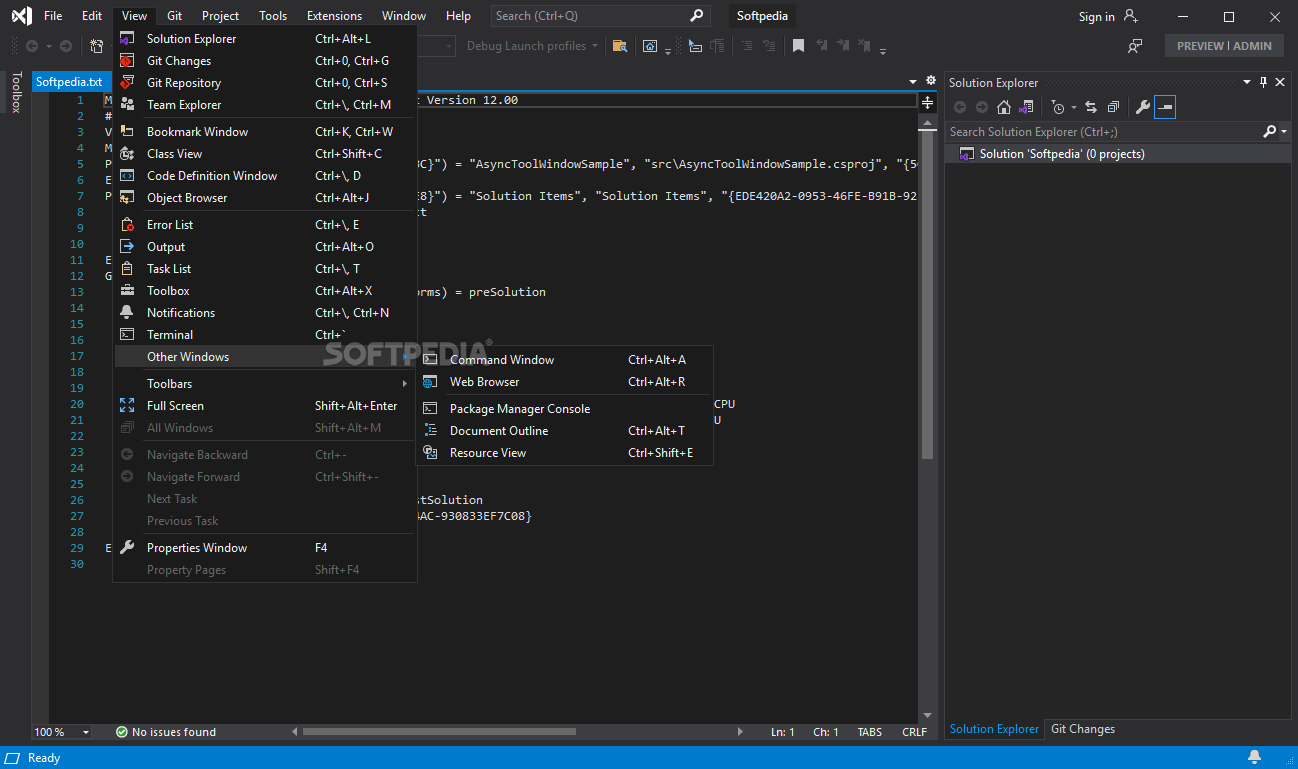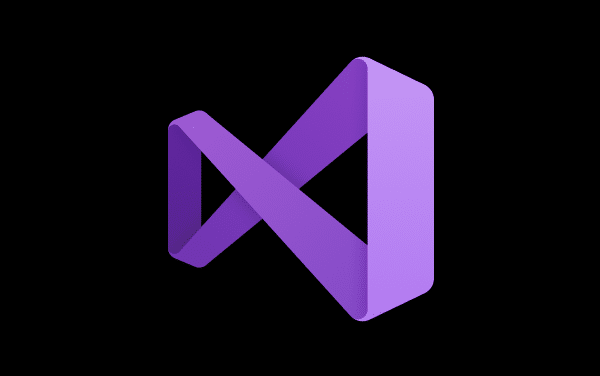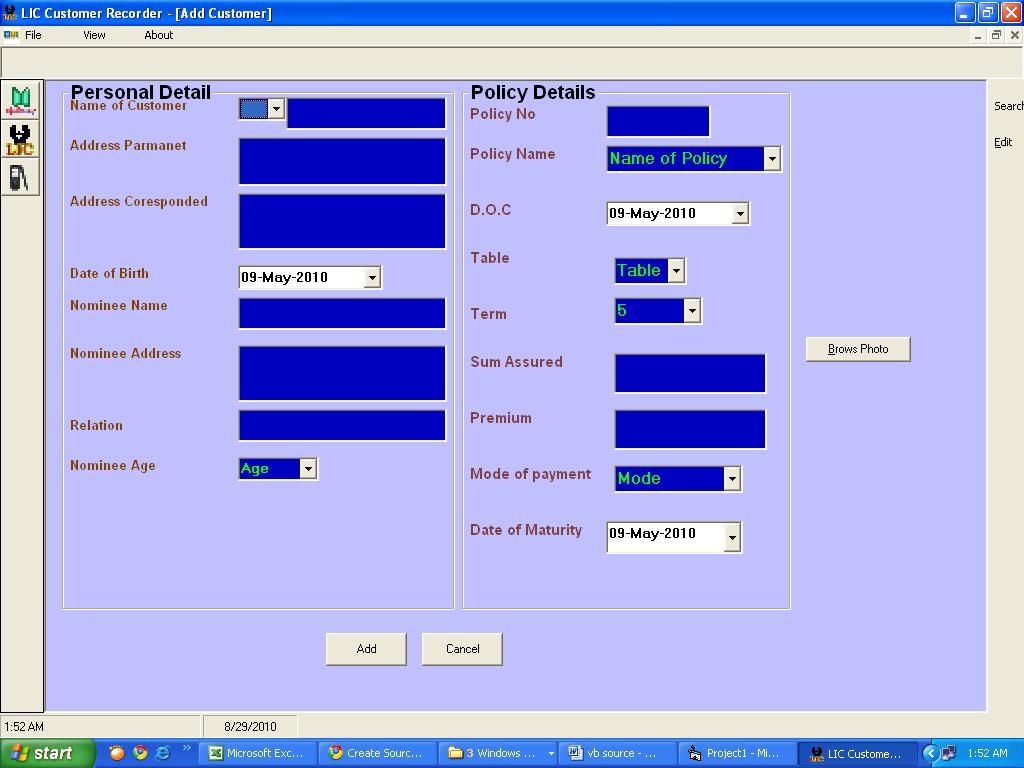

Doing that in plain C++ would mean creating all the functionality from scratch, like building the Starship Enterprise using only basic LEGO building blocks.

When writing, say, a Windows desktop application, you usually need to create an interface for your app and to model several user interactions. Using Visual C++ is like having many pre-built sets of LEGOs. It also allows you to focus on the aspects you enjoy, for example, on the aesthetic of the finished LEGO masterpiece. Reusing pre-built elements is faster than building from scratch, and that means you can prototype quickly and see what works and what doesn’t. If you are a fan of LEGO, you likely enjoy the act of quickly building something new using parts from different LEGO sets. A powerful code editor, Visual Studio provides many useful functions for navigating large codebases within Visual Studio, Visual C++itself consists of a C++ compiler and a set of C++ libraries and tools. Microsoft Visual C++ is available as part of Visual Studio, Microsoft’s integrated development environment (IDE). Instead, it’s a set of libraries and development tools for C++, tools that will help you create Windows desktop and server applications, Universal Windows Platform (UWP) projects for desktop, mobile and HoloLens, and. Visual C++ isn’t actually a separate language in itself. You might already know that C++ is an object-oriented programming language. Scroll to the bottom for a list of resources that will help you learn even more about Visual C++ development.

We’ll explain the difference between C++ and Visual C++, cover which versions of Visual C++ are currently supported (and which one you should pick for a new project) and talk about what the Visual C++ Redistributable actually is. Looking to learn what Microsoft Visual C++ is and why organizations use it? Then this article is for you.


 0 kommentar(er)
0 kommentar(er)
